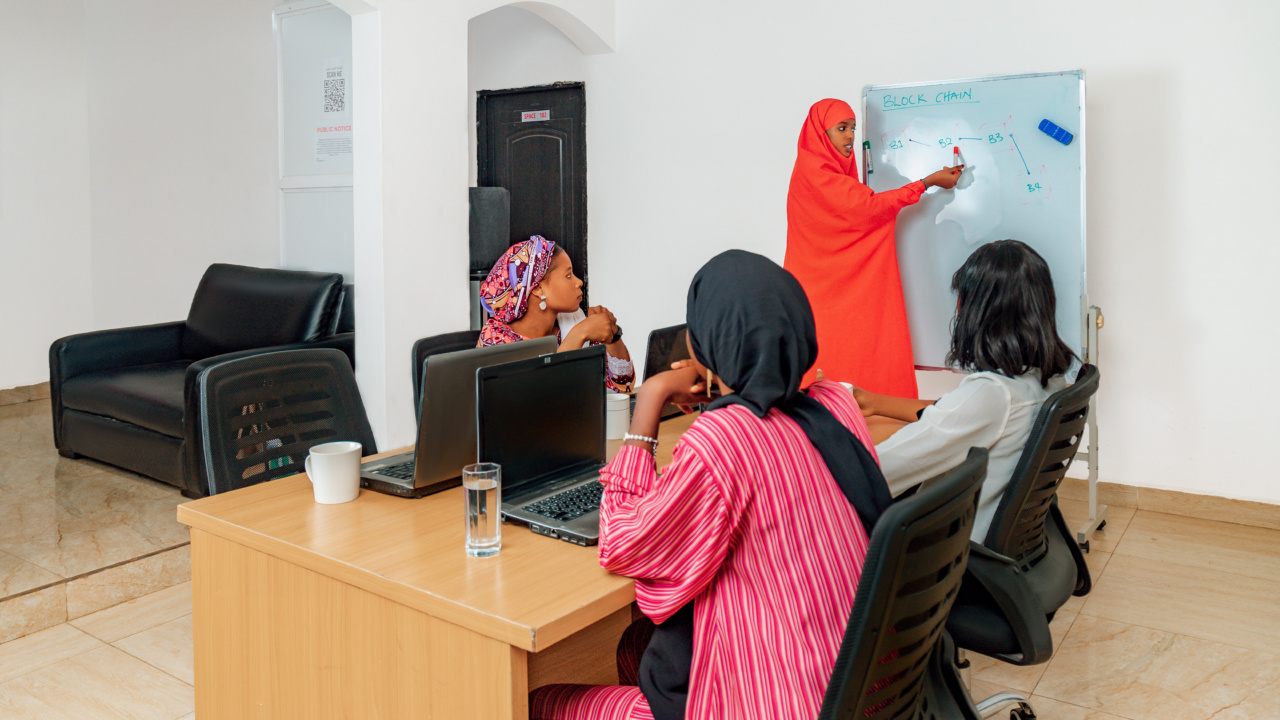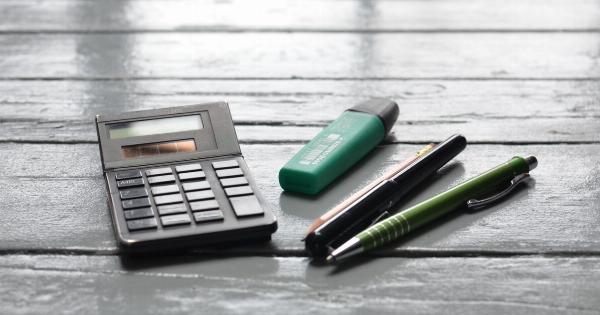Disruptive behavior in the classroom can have a significant impact on students’ learning experiences. It can disrupt the learning process, make it difficult for teachers to teach, and undermine the quality of education.
Teachers must be equipped to deal with such behavior and take necessary measures to address it effectively.
Types of Disruptive Behaviors
Disruptive behavior comes in various forms, and it is essential to identify and classify them before addressing them. Common forms of disruptive behavior include:.
- Talking excessively
- Interrupting the teacher’s class
- Not paying attention
- Disrespecting other students or teachers
- Using electronic devices in class
- Throwing things or other physical disruptions
The Impact of Disruptive Behavior on Learning
The impact of disruptive behavior on the learning process can be severe. Disruptive students can hinder the learning experience of other students, and teachers may not be able to teach effectively.
This can lead to lower academic achievement, lower motivation, and fewer opportunities for students. Such behavior can also lead to teacher burnout and poor morale in the classroom.
Challenging Disruptive Behavior
For teachers, the first step in addressing disruptive behavior is to develop a clear understanding of the behavior and its causes. Teachers must also be aware of the school or district policies regarding the management of disruptive behavior.
Once a clear understanding of the behavior and policies is established, the teacher can then take the necessary steps to address the behavior.
Some effective strategies for challenging disruptive behavior include:.
- Taking control of the situation by setting expectations and boundaries for behavior
- Providing positive feedback for positive behavior
- Providing clear consequences for negative behavior in advance
- Providing the student with alternative ways to express themselves, such as journaling or other creative outlets
- Collaborating with other teachers, parents, or administrators to develop a comprehensive behavior plan
Preventing Disruptive Behavior in the Classroom
Preventive measures are an essential aspect of dealing with disruptive behavior in the classroom. Teachers can take proactive measures to deter disruptive behavior by:.
- Establishing clear classroom rules and guidelines for behavior on the first day of class
- Providing clear instructions and a structured learning environment
- Encouraging active participation and engagement of all students
- Using positive reinforcement rather than punishment for positive behavior
- Encouraging collaboration and cooperation between students
The Importance of Teacher Self-Care
Dealing with disruptive behavior can be emotionally and mentally demanding for teachers. Therefore, it is essential that they prioritize their own self-care.
This includes taking breaks when needed, practicing self-compassion, seeking support from colleagues and administrators, and accessing resources for managing stress.
Conclusion
Disruptive behavior in the classroom is a challenging issue for teachers. The first step in addressing the problem is to understand the different forms of disruptive behavior and their impact on learning.
Teachers must develop effective strategies to challenge disruptive behavior and take proactive measures to prevent it. Additionally, teachers must prioritize their own self-care to avoid burnout.





























